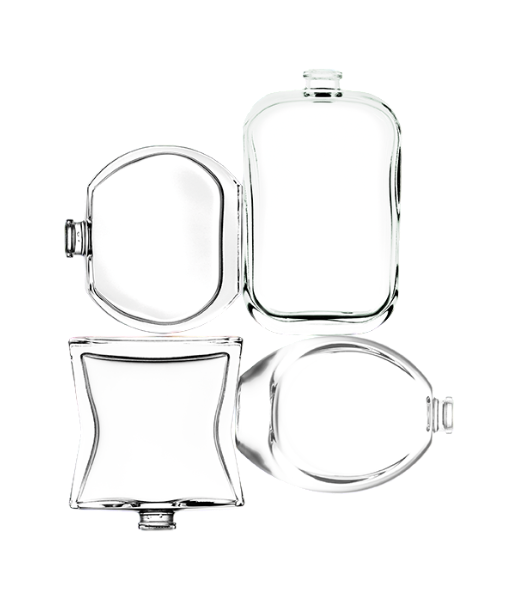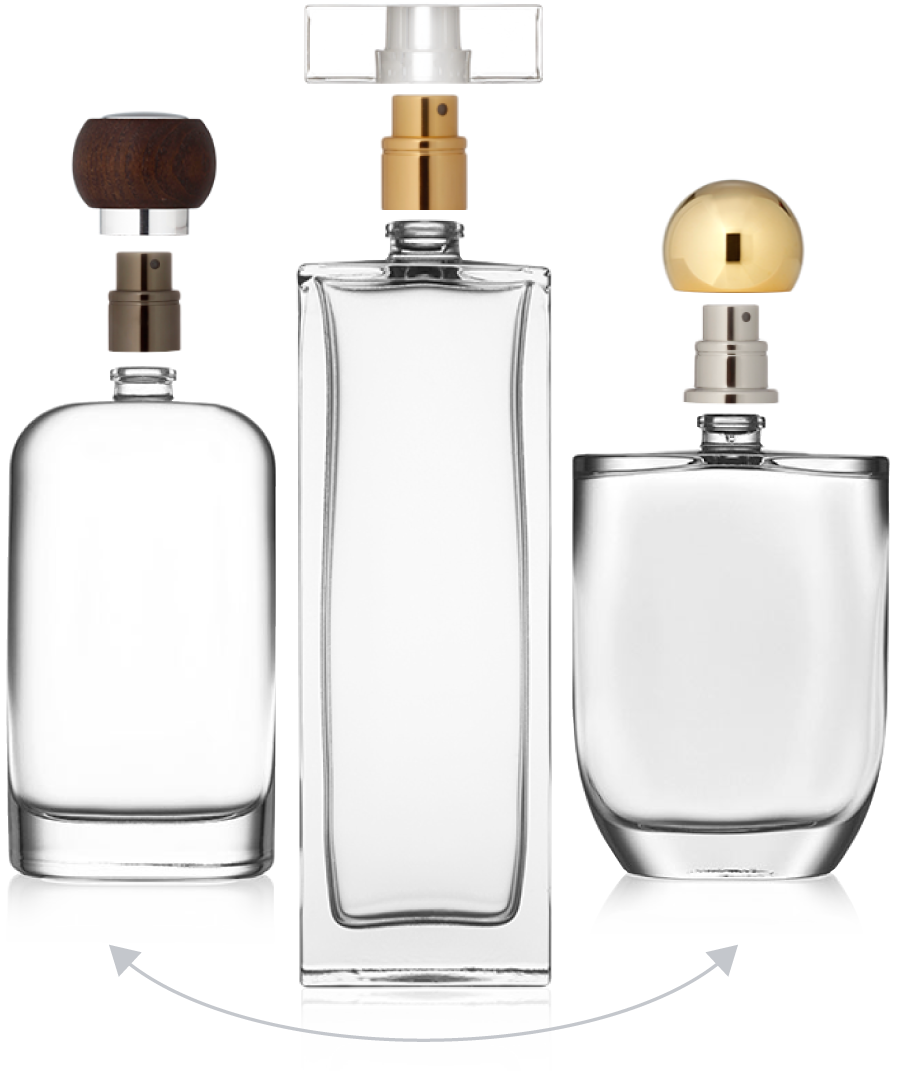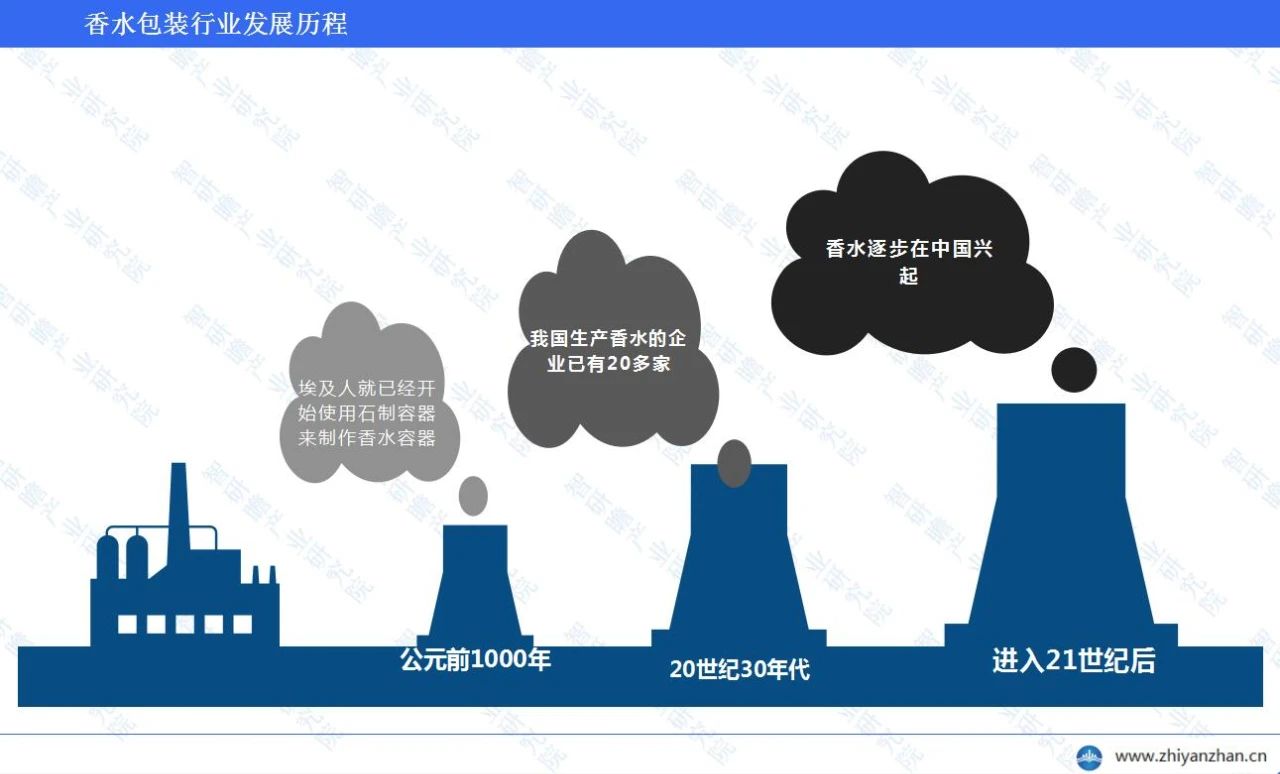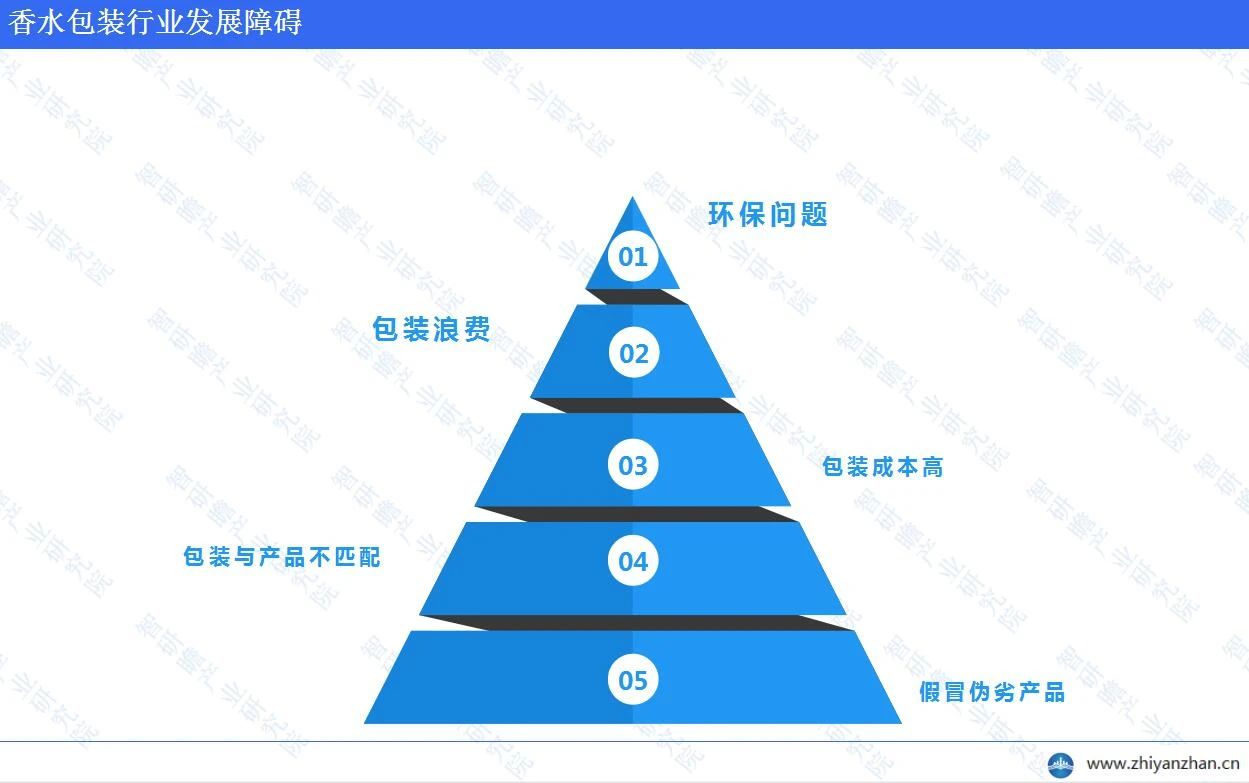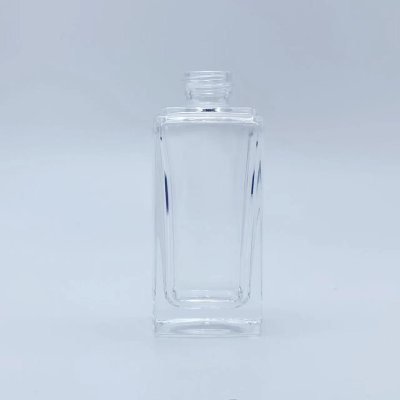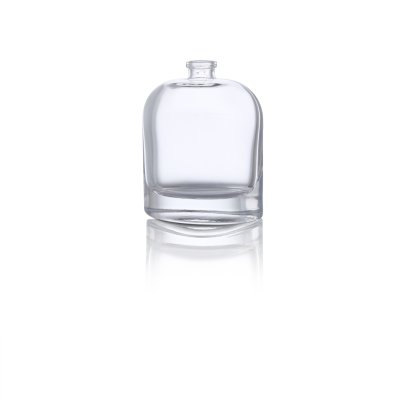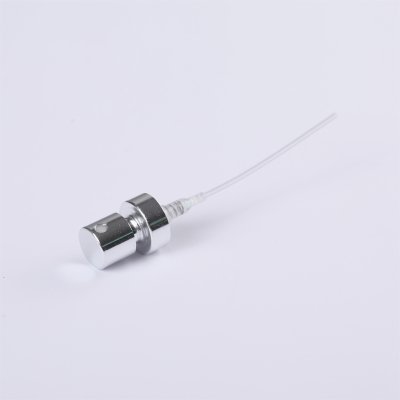The development of the Chinese perfume packaging industry is closely linked to the prosperity of the perfume industry, which will drive the steady growth of packaging.
The development of the Chinese perfume packaging industry is closely linked to the prosperity of the perfume industry, which will drive the steady growth of packaging.
**Definition of Perfume Packaging Industry**
Perfume packaging is the first element that attracts consumers, and good packaging can convey a sense of elegance and harmony through its visual design. Innovative elements, rich color schemes, and warm and noble color combinations are commonly used in perfume packaging design.
**Classification of Perfume Packaging Industry**
Perfumes can be classified based on their concentration and type. According to the concentration of fragrance, perfumes can be divided into Parfum, Eau de Parfum (E.D.P.), Eau de Toilette (E.D.T), and Eau de Cologne (E.D.C.). The market mainly sells light perfumes (EAUDETOILETTE) and perfumes (EAUDEPARFUM), which are commonly referred to as perfumes. Additionally, there are various forms and materials for perfume packaging, such as bottles (plastic bottles, glass bottles, etc.), caps (outer caps, inner caps, etc.), bags (paper bags, plastic bags, etc.), tubes, boxes, spray cans, stick tubes, makeup pens, sprayers, and outer boxes. These packaging forms not only meet the protection and storage needs of products but also add value, making perfumes more luxurious and radiant.
**Historical Development of the Perfume Packaging Industry**
The historical development of the perfume packaging industry is long and colorful. As early as around 1000 BC, Egyptians pioneered the use of stone containers as perfume vessels, including various and exquisite designs like round belly bottles and heavy pedestal bottles, all designed with open mouths sealed by flat corks or cloth plugs. By the sixth century AD, Greek craftsmen began experimenting with ceramic containers to store perfumes, designing various ceramic containers according to the different characteristics of perfumes.
In China, the development of the perfume and packaging industries has unique complexity and richness. The history of using fragrances (for rituals, blessings, etc.) dates back to feudal times, showing deep cultural roots. However, compared to other countries, China's perfume industry started relatively late. Specifically, the germination stage of China's perfume industry began in 1978 and went through four stages of development: the germination period before 1978, the development period from 1979 to 2000, the accelerated development period from 2001 to 2015, and the high-quality development phase since 2016.
**Industry Chain Upstream and Downstream**
The upstream of the perfume packaging industry mainly includes the production and supply of perfume raw materials and packaging materials, which have a direct impact on the quality and scent of perfumes. Among these suppliers, companies like Huaye Fragrance, Kexi Co., Ltd., and Xinhua Co., Ltd. provide perfume raw materials, while Yongxin Co., Ltd. supplies packaging materials. The application of perfume packaging mainly focuses on the cosmetics field, particularly perfume products. Currently, light perfumes are most popular in the domestic market due to their mild and suitable fragrances, primarily floral scents.
**Market Scale and Growth Rate of China's Perfume Packaging Industry**
In 2022, China's perfume market achieved leapfrog development, with a market size exceeding 17.4 billion yuan, and a year-on-year growth rate of up to 23.68%. Among them, Andimak ranked first with a business income of 3.615 billion yuan, followed by Shanghai Jahwa and Pechoin with business incomes of 1.977 billion yuan and 1.569 billion yuan, respectively. Other companies like Liangliangzhen and Jiaheng Jahwa also saw steady growth in their business revenues.
**Industry Policies**
China's support for the perfume packaging industry is mainly included in cosmetic policies because perfumes belong to the category of ordinary cosmetics. For example, to support and regulate the development of the perfume and other cosmetic industries, relevant departments such as the State Council, the National Medical Products Administration, and the Market Supervision Bureau have issued relevant policies. These policies mainly involve regulating the supervision and management methods of perfumes and other cosmetics, as well as supporting the acceleration of the development of perfumes and other cosmetics.
**Problems in the Perfume Packaging Industry**
Perfume packaging typically uses plastic or glass bottles, which generate significant pollution during production and disposal processes. For instance, the production of plastic bottles consumes large amounts of oil resources and is difficult to degrade after disposal, causing serious environmental pollution. While glass bottles can be recycled, their production process also emits large amounts of carbon dioxide. Excessive and luxurious packaging design often leads to overconsumption and waste, and some consumers tend to retain the packaging after use, exacerbating the problem of packaging waste.
To attract consumers, perfume manufacturers usually invest a considerable amount of money in packaging design, making the cost of perfume packaging very high. This not only increases the price of perfumes but also compresses the profit margins of perfume manufacturers. Some perfume packaging designs do not match the characteristics of the product, affecting consumer purchasing decisions. In addition, due to the need for technology and financial investment in the design and production of perfume packaging, counterfeit products often imitate the packaging design of genuine products to deceive consumers, damaging the interests of consumers and impacting the sales of genuine perfumes.
**Forecast for the Development Prospects of the Perfume Packaging Industry**
With the pursuit of personalized and high-quality lifestyles, the demand for perfumes is steadily growing, directly driving the development of the perfume packaging industry. At the same time, the competition among perfume brands is becoming increasingly fierce, promoting brands to continuously introduce new perfume products and packaging designs, further promoting the development of the perfume packaging industry. The application of new materials and technologies in perfume packaging will improve the quality of perfume packaging and reduce costs, meeting consumer demands for environmental protection and convenience. Simultaneously, technological innovation can enhance the anti-counterfeiting capabilities of packaging, protecting consumer rights and interests. With the diversification of consumer needs, personalized perfume packaging design services are becoming an important trend in the industry's development. Brands can offer personalized perfume packaging designs and services according to consumer needs, satisfying individualized needs, enhancing brand image, and improving market competitiveness.
In summary, the perfume packaging industry has broad development prospects in terms of market demand, technological innovation, green trends, customized services, and international expansion. However, the industry's development also faces challenges such as the speed of technological innovation and intense market competition. Therefore, perfume packaging enterprises need to pay attention to market dynamics, strengthen technological innovation and research and development, improve product quality and service levels, and achieve sustainable development.

